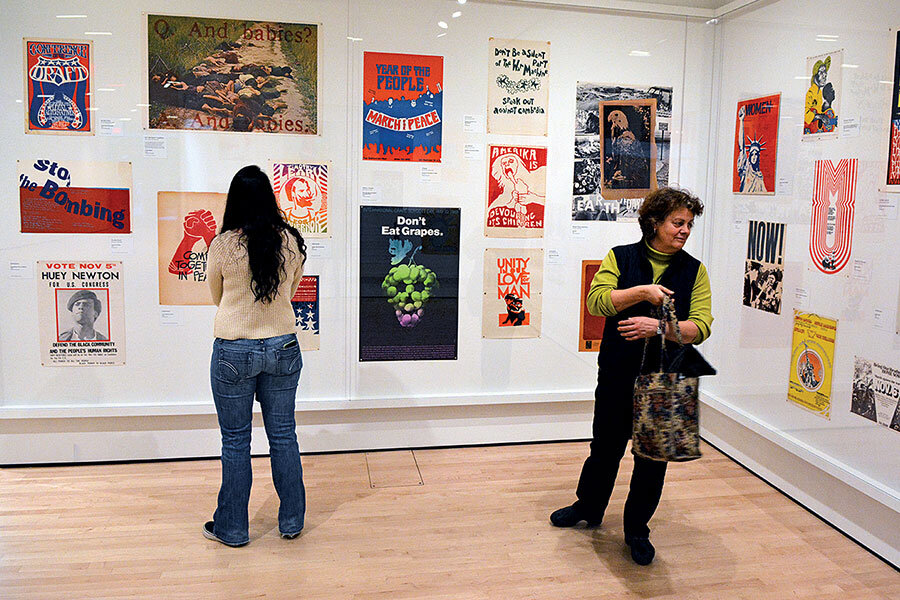Protest art is preserved in libraries, museums
When the 2017 Women’s March concluded, what remained behind, stuck on fences and piled on sidewalks, were the thousands of posters that served as the visual expression of the marchers’ ire.
Museums, universities, and libraries across the United States collected signs from the march sites and put out a call on social media. Now these artifacts are being placed in archives and displayed in exhibitions.
At the Sutro Library, located on the campus of San Francisco State University, professors also use posters from the march as teaching tools. For many students, the preservation of artifacts from the Women’s March signals a shift toward preserving women’s history. “To me, it means that the voices of women are no longer going to be silenced,” says Scarlett Arreola-Reyes, a junior at the university. “It means that future generations can see the efforts of women throughout history.”
The New-York Historical Society and the Museum of the City of New York also sent out a call for posters, which are now on display in current exhibitions. Faculty from Northeastern University in Boston collected thousands of signs from the local march and added them to an online display titled “Art of the March.”
At the San Francisco Museum of Modern Art, the “Get with the Action” exhibition explores “the medium of the political poster as a way to communicate pressing ideas and organize and inform a wide audience,” writes Joseph Becker, associate curator of architecture and design for SFMOMA, in an email. “Get with the Action” displays political posters from the 1960s to the present.
For exhibition visitor Beatrice Charles, placing a Women’s March poster alongside posters from previous decades gives the march a historical context, she says, and shows that “we’ve learned so much, and we’re still fighting some of the same things we all were fighting a long time ago.”






